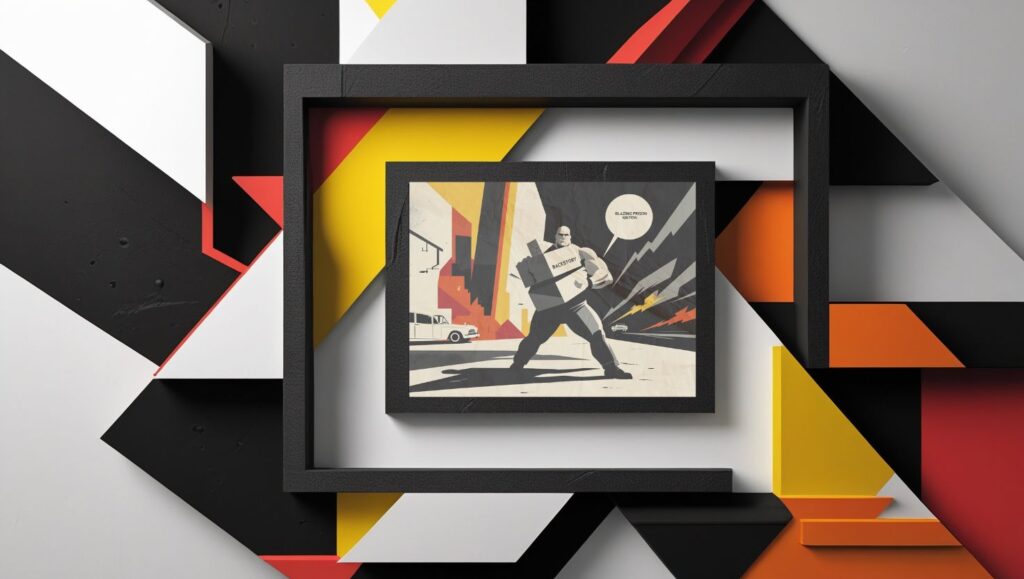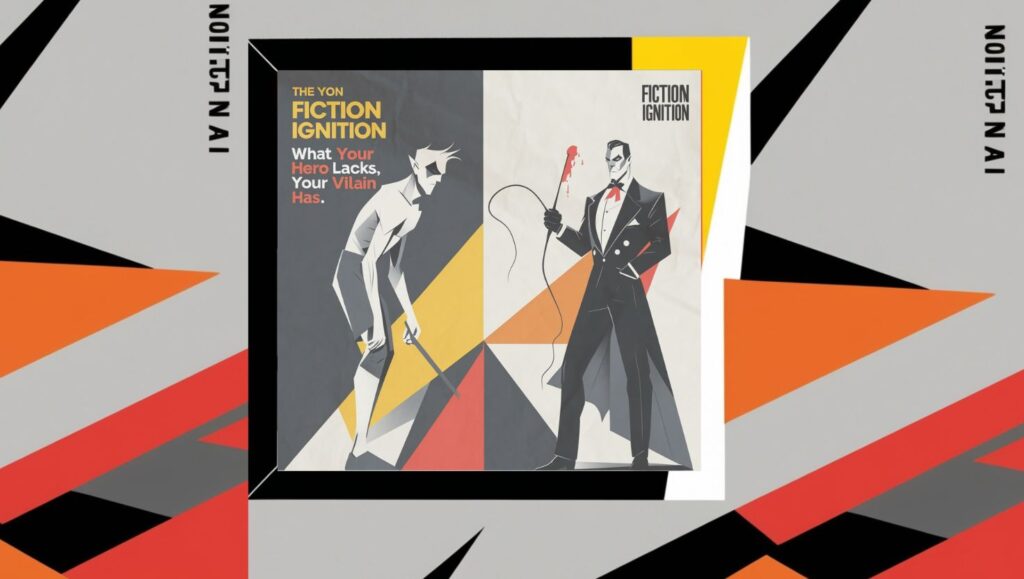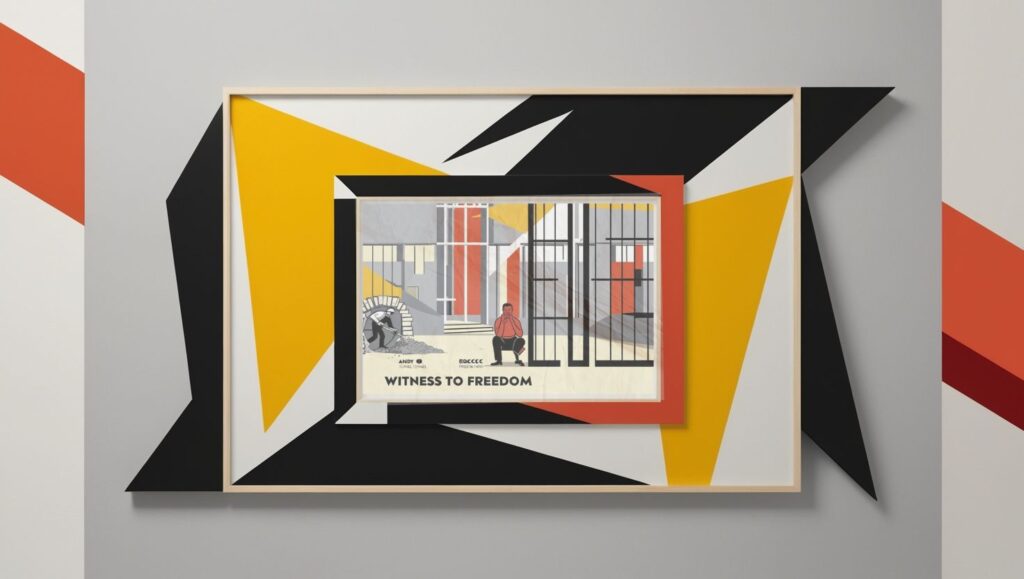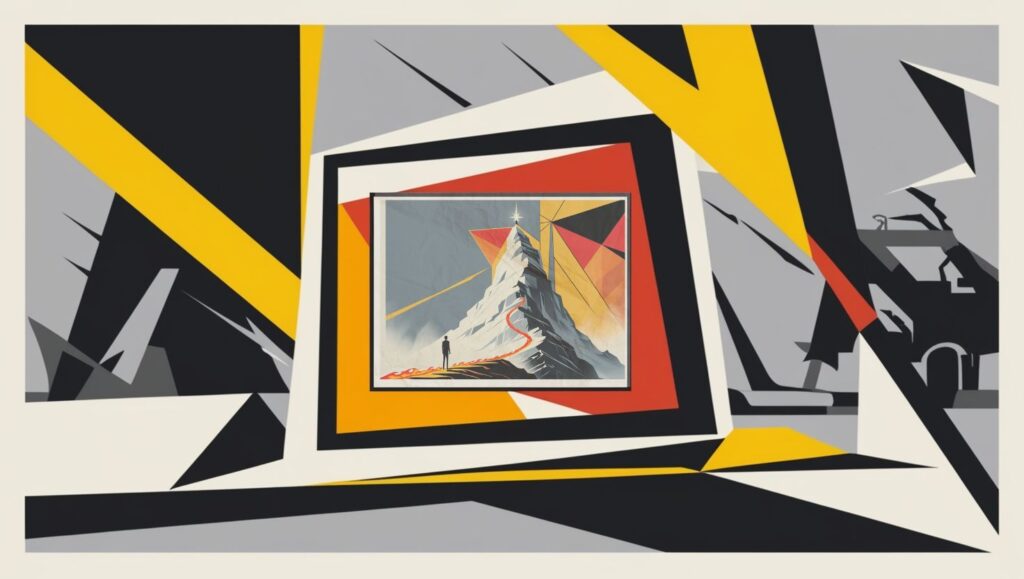Ever wondered how to start a story and make it spit fire right from the very beginning?
Greetings, Fiction Igniters!
Last night, I dove into the slow-burning, bone-crunching, face-pounding masterpiece that is Brawl in Cell Block 99, a brilliant piece of writing and directing by S. Craig Zahler, and let me tell you—I was floored. It’s a ferocious, no-holds-barred prison drama with a main character made of granite and grit. I loved it. I admired it. I almost bowed to it.
But… (cue ominous music)… it makes one massive, flaming-hot mistake that scorches its brilliance just enough to keep it from legendary status.
And that, my fellow Wordsmith Warriors and Flame-Forged Storytellers, is what we’re gonna break down today: How to start. a story to make it burn bright in the audience’s mind.
Yes, indeed, this article will help you avoid one of the most common screenwriting and fiction writing pitfalls: starting your story too early. If you’re writing screenplays, novels, short stories, or video games, this is a lesson you must master to know how to start a story that grabs your audience by their throats.
Let’s Get This Fire Started: The Movie That Inspired This Rant On How To Start A Story
Brawl in Cell Block 99 isn’t just good—it’s a beast. Vince Vaughn gives the performance of a lifetime, the pacing is a patient slow burn that detonates in spectacular fashion, and the prison sequences? Raw, real, mythic.
But here’s the thing: the real story doesn’t start until 40 minutes in. That’s right. Forty. Full. Minutes.
Up until that point, we’re watching what amounts to backstory. Atmospheric, yes. Character-deepening, sure. But still backstory. Vaughn’s character loses his job, finds out his wife cheated, goes back to drug running, and then—finally—gets caught.
It’s only when he’s already in prison and is given the ultimatum—commit an unspeakable act of violence in another prison to save his pregnant wife and yet unborn baby from a madman—that the story really kicks into high gear. That’s the true inciting incident. That’s the moment that gives him a clear goal, stakes, and conflict. This is where the real thrill ride begins (up until that point, it’s like we were just waiting patiently in line at Six Flags with about a hundred people ahead of us.)
Which brings us to our first masterclass moment on how to start a story from someone I admire deeply (and not just because she’s brilliant and gorgeous—I’ve had a crush on her for years):
K.M. Weiland On How to Start A Story And The Plot Goal Flame 🔥
According to the wonderful K.M. Weiland (seriously, check her out at Helping Writers Become Authors), a story doesn’t start until your protagonist has a clear goal. That goal is what gives rise to plot. Without it, you’ve just got stuff happening.
I’m not affiliated with K.M. Weiland, by the way — not yet, anyway (a guy can dream 😍) — but she’s been one of my greatest fiction teachers for many years and I recommend all of her books effusively. She’s not just brilliant, but radiant. I consider her one of the Top 3 teachers of fiction writing living today.
But getting back to Brawl in Cell Block 99, the protagonist has no story goal until nearly halfway through. That’s like having Frodo just chilling in the Shire for the first hour of The Lord of the Rings before finally being told to destroy the ring. Or imagine if The Shawshank Redemption started with 45 minutes of Andy Dufresne living his normal life as a successful banker and loving husband who finds out his wife is having an affair. What a bore it would be!
Which brings us to today’s masterclass moment # 2 on how to start a story, with the not-so-gorgeous but-equally-brilliamt Tim Grahl…
Story Grid, How To Start A Story Abiding By Genre Expectations, and the Crime Flame 🔥
Tim Grahl from StoryGrid (again, no affiliation, just straight-up respect for him and Shawn Coyne) emphasizes something crucial on how to start a story: genre conventions are not optional—they’re sacred. They’re the promises we make to the audience.
And Brawl is first and foremost a prison drama, which falls under the broader Crime genre. How to start a story that happens in a prison? Easy. The moment of incarceration is the start (sometimes with brief glimpses showing the crime that leads to the incarceration). That’s when the transformation begins, when the environment dictates the story’s moral, psychological, and physical challenges.
Think about it:
- Prison Break starts with a man getting himself locked up in the same prison where his brother is incarcerated. We will soon learn that his goal is to help his brother escape.
- Oz doesn’t waste time showing you Tobias Beecher’s suburban life before tossing him into the pit.
- The Shawshank Redemption begins in court but within a couple of minutes drops us straight into Shawshank.
- A Prophet starts with the lead character recently incarcerated and driven to jail.
Audiences come for the genre promise. The genre promise tells you how to start a story: you have to keep the unspoken promise. If they show up for a prison story and you give them 40 minutes of a marriage drama… you’re testing their patience and subverting their expectations in a cringey kinda way (and if you’re asking yourself, “how do they know it’s a prison story?” Well, as Robert McKee points out in his seminal Story, the marketing starts with the title, bud.)
In the case of Brawl in Cell Block 99, they could have simply dropped everything before the “18 months later” sign appears and started it when Bradley is delivering drugs and the woman offers oral sex in exchange for the heroin. That way, we could have caught glimpses of his regular world and gotten to know both his pregnant wife and Gil (and even that could have been merely backstory if they had chosen to go fully minimalistic and start it with Bradley already in handcuffs.)
So What’s the Big Deal? Can’t We Have a Slow Burn?
Hey, I love slow burns. I dig nuance. But as my wise ol’ writing mentor once said: “The campfire can smolder all it wants, but it better have a spark.”
If you delay the start of the story too long, even if you’re doing beautiful character work, you risk:
- Losing the audience. They came for prison grit, not personal grief. (Personally, since I saw Brawl on streaming, I was just about to turn it off when suddenly it became a different movie, completely unputdownable. I finished watching it at 3 A.M. and then spent at least another hour thinking about it.)
- Diluting narrative momentum. By the time the goal emerges, we’ve already committed to a different tone.
- Hindering the genre payoff. The catharsis only hits if the build-up is within genre expectations.
How To Start A Story The Right Way: The Sparkline Guide On How To Start A Story At The Right Time And In The Right Place
Here’s how to start a story, making sure you don’t burn it before it blazes:
1. How To Start A Story By Finding Your True Inciting Incident
- Ask: When does my protagonist receive their mission?
- When do stakes become real and personal?
- When is there a clear GOAL with consequences?
2. How To Start A Story Placing Backstory In The Back
- Use flashbacks after the goal has been introduced.
- Let character history emerge through action, not exposition.
- Remember: mystery about the past keeps the reader hooked.
3. How To Start A Story Honoring Genre Conventions
- Study your genre as if the life of your story depended on it (cause it does.)
- Know what your audience expects and subvert their expectations without betraying them.
- Prison dramas should start in or just before prison, romantic stories usually start when or right before the two lovers connect (notice I didn’t write meet, looking at you Sleepless in Seattle,) murder mysteries start when the murder is discovered, Crime stories need a crime or consequence early on, and so forth.
4.How To Start A Story Using Prologue Techniques For Set-Up Or Starting In Media Res (In the Middle Of Things)
- If you absolutely need that pre-goal material, frame it like a prologue.
- Start in media res and then go back to the boring regular life of the character. Think of Breaking Bad‘s majestic pants flying in the desert and a man in his underwear recording a farewell message for his family before starting a shootout against the police or committing suicide to not get caught. Now, that’s a beginning that grabs you by the balls!
5. How To Start A Story Writing It, Then Chopping the Front
- First drafts are allowed to start too soon. Just don’t let the final cut do that.
- As Kurt Vonnegut once said: “Start as close to the end as possible.”
- In the classic (and very hard to find) book Trial And Error: A Key To The Secret Of Writing And Selling, Jack Woodford advises writing the story in the order that it appears in your head and then reading it until you find the first dialogue or objective action and turning that into the real beginning while dumping all the expositary matter into the middle, once your reader is hooked.
Final Thoughts From Your Flamekeeper On How To Start A Story That Is Pure Fire
Brawl in Cell Block 99 is still a marvel. I recommend it to every storyteller interested in brutal, beautiful character arcs set in morally complex worlds. But man, if only they’d started it where the story actually starts…we’d be talking about a storytelling inferno.
So, my fellow Scorching Scribes and Pyro Prose Pioneers, let this be your kindling on how to start a story: always begin where the fire is. Don’t dawdle in the ashes of backstory. Ignite your reader with the moment of choice. The goal. The stakes. The heat.
Until next time, Fiction Igniters: don’t write, ignite!









